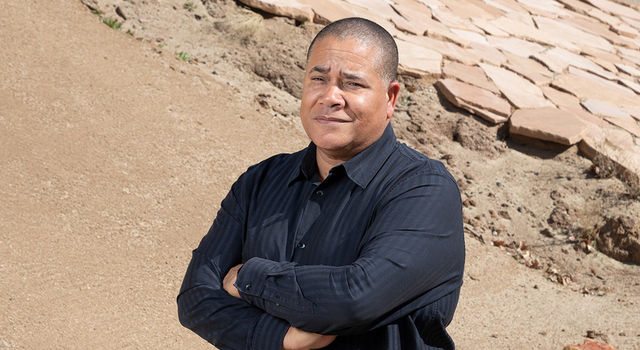Blogs | JPL | September 16, 2008
Progress With Phoenix
Since Phoenix landed in the northern hemisphere of Mars, the spacecraft has discovered:
1. Water ice near the surface of Mars! And it is really close to the surface, as the orbiting Odyssey spacecraft predicted, and Phoenix confirmed. This demonstrates science in action: data, hypothesis, confirmation of hypothesis.
2. The pH of Martian arctic soil is basic (or alkaline), rather than acidic. On Earth, soil pH is important because most food plants prefer an acidic or neutral soil to grow. Bacteria usually thrive in acidic soils as well. So what we found on Mars is not necessarily the best news for the search for life. One thing I think astrobiologists would agree upon, however, is that life is very adaptable and can exist in many extreme environments!
3. Unlike the landing sites of the Spirit and Opportunity rovers near the planet’s equator, there are no soils with sulfur compounds, or sulfates, in this part of Mars. Spirit and Opportunity found that the soils at their landing sites were cemented together with sulfur compounds. Sulfates do not act as cementing chemicals where Phoenix landed in the Martian arctic.
4. The soil grains Phoenix found are a mixture of angular and rounded particles, with a myriad of colors from rust to white to black. They show degrees of weathering and different chemical compositions.
5. There are high level clouds and ground fogs every night, and the general weather patterns are repeatable.
6. A chemical called perchlorate appears to be prevalent in the soil. On Earth, perchlorate forms in arid areas where there is very little rainfall. The team is still working to understand how perchlorate affects whether life could have existed in this region on Mars.
What does all of this mean? Well for starters, Mars has a diverse geology and geochemistry, much like Earth. Making generalizations about Mars planetwide is probably not the right approach, because of the planet’s diversity. What does it all mean for the bigger picture? Ah, that’s where the difficult science comes in. This takes time. Many members of the science team expect to have their findings ready by December, to coincide with a big science conference in San Francisco. So stay tuned!
TAGS:MARS, PHOENIX, SOIL, CHEMISTRY







